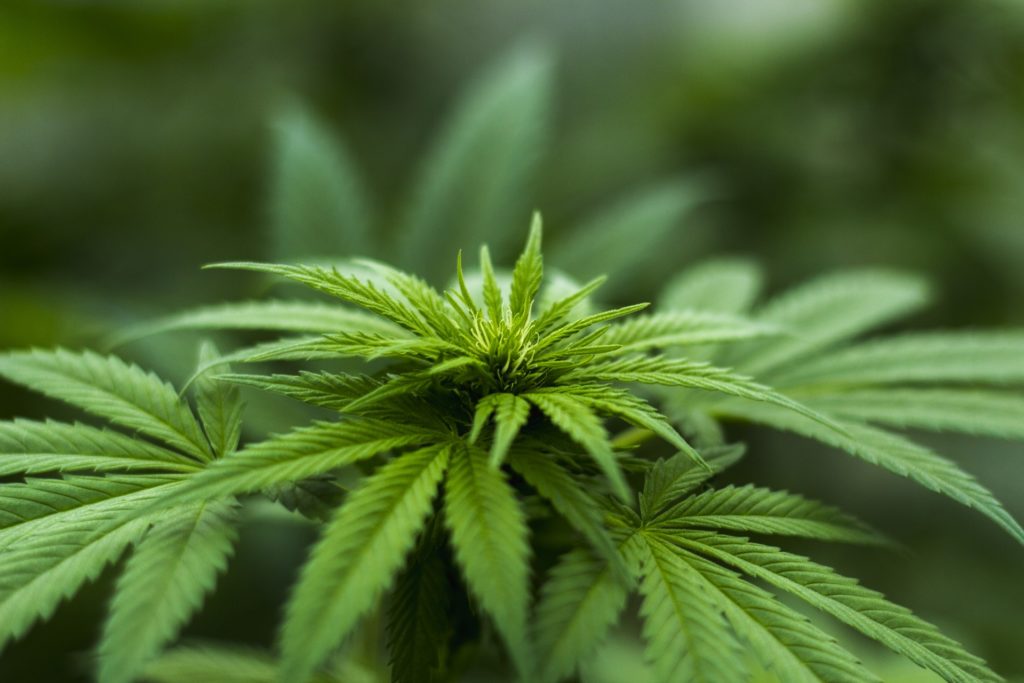Injuring yourself when doing an activity you love is painful, upsetting, and beyond frustrating. Besides cutting your football match or yoga session short, you now have to go through the process of visiting physicians, doing annoyingly precise exercises, and living life too carefully without your usual vigor. It’s thrilling (sarcasm).
Anyone who enjoys being active can sympathize with this situation; most of us know that sporting injuries are about as fun and inevitable as taxes. What makes matters worse are long periods of recovery mixed with convoluted treatment plans.
This is where CBD comes in, providing a progressive and holistic healing solution derived from the natural compound known as cannabidiol (CBD), an extract from a cannabis plant. It won’t get you high; CBD is derived from hemp with very low levels of THC, which is the psychoactive ingredient in typical marijuana. Products consisting of CBD in the form of creams, tinctures or sprays effectively help your body to heal from a plethora of accidents, ranging from a tree pose gone wrong to a rib-crunching tackle.
Learn how CBD-based products will get you back on the court, field, or biodegradable mat in no time.
CBD has a definite place in sports medicine.
CBD-derived products are being used to treat, cure and prevent injury by a multitude of athletes, from rock climbers to MMA fighters. According to their personal reports, these professional athletes are turning to CBD for its many benefits. These include combatting inflammation, relieving pain, increasing heart health, and decreasing anxiety.
As conventional painkillers have a wonderful track record of having severe side effects and being highly addictive, perhaps it’s time to consider CBD as a new pain relieving substance—one that’s effective, healthy, and completely natural.
Let’s have a look at how CBD works its magic.

The science behind CBD and athletic injuries
Understanding the scientific processes of sports injuries and their respective treatments can be daunting (and boring), but it’s highly beneficial to you as an active person to understand what’s going on. So take a deep breath, and we’ll break it down for you (as easily as the physiology of humans and hemp allows).
A sports injury—what is it?
A commonality of most injuries is inflammation—that delightful phenomenon when your injured body part swells to twice its size, turns a marvelous hue of maroon, and feels like it’s been sledgehammered.
Inflammation has its reasons for existing, though: it’s your body’s way of reacting to an injury by increasing blood flow to speed up recovery. Although this is necessary, chronic and heavy inflammation can be extremely detrimental. Of course, you’ll want to efficiently, but healthily, regulate and streamline the process. Enter CBD, a compound that works in sync with your own immune system to treat the problem and not the symptom.
CBD reduces inflammation
In the twilight of the 20th century, scientists discovered the human endocannabinoid system (ECS)—one of the largest neural networks in the human body. It turns out that we naturally produce endocannabinoids, which are molecules similar to ones found in cannabis (called phytocannabinoids).
The primary responsibility of the ECS is maintaining homeostasis—keeping the balance within our mind and body. It does this by sending endocannabinoids to sites of irregularities, where they bind with their cannabinoid receptors to restore internal harmony. Basically, it’s a lock-and-key relationship leading to better health. Unlike with many conventional medications, CBD boosts the ECS to support what our body is already doing.
Let’s use inflammation as an example: so we’re in that dang tree pose, but we lose our balance, try to save ourselves from shame, and twist our knee in the process. Ignoring our pride and yoga practice, we instead take care of the onset of inflammation or swelling. We ingest or apply to our knee a CBD product because our body is now in emergency mode.
The phytocannabinoids of the CBD mimic our endocannabinoids and start binding to our receptors to stimulate the hormones that produce anti-inflammatory agents while inhibiting those that create inflammation. The CBD is putting our body back into a state of natural zen.
Cannabinoid receptors exist in our nerves, skin, organs, and blood vessels (to name but a few locations), which is exciting as CBD products are thus able to treat many areas of our body.

Athletic aftercare
Injured or not, you can incorporate CBD into your daily life as part of your aftercare ritual for general well-being and prevention. It’s not just about getting back on your feet, but improving your quality of daily life!
Post-workout recovery
Whether you’re recovering from a rugby match or a strenuous Pilates workout, you’ll want to use CBD to recuperate. Besides combating inflammation, CBD facilitates recovery in other ways, too…
Pain relief
Cannabinoids are proven to be analgesic (they have long been used in the treatment of chronic pain), thus highly effective in treating sports-related niggles. This is fantastic because it means you can get back out there and put yourself through the same ordeal sooner. Joint pain, be gone!
Muscle spasm reduction
CBD also has antispasmodic properties. When void of that annoying twitching and cramping, your muscles can recover or grow more effectively.
Sleep
Muscle restoration happens in your beauty sleep, so maximizing your time in the land of nod is essential. Surprise, surprise, CBD can also help you out in that department (the nocturnal victims of insomnia even use it).
Use CBD even when uninjured or inactive
CBD can help you in many departments of life, not just sports recovery. Hell, even a forever-sitting monk could neurochemically benefit from CBD products. Other faculties that CBD can help to heal or regulate include:
Anxiety & depression
In a world where our reality is defined by stress, decisions, and extroverted communication, anxiety and depression exist in abundance. Luckily, CBD has show in clinical trials that it can help with these problems to some degree, leaving you stress-free on the sports field and beyond. CBD does this by binding to our serotonin receptors, leading to the release of cortisol. The result of this is stress relief and mood improvement. CBD also raises levels of anandamide, an endocannabinoid named after the Sanskrit word “ananda” (meaning “bliss”). As you can expect, this also leads to improved brain health and emotional stability.
Cardiac health
Heart disease is prevalent among first world citizens, but using CBD will help prevent you from joining the statistics. With the ability to decrease high blood pressure and reduce antioxidative stress, CBD is a welcome treatment for those struggling with cardiac health.
Cancer recovery
Capable of treating both neuropathy and nausea induced by chemotherapy, CBD is stretching its healing capacities to include cancer patients.

High-quality CBD is always best!
As with anything you consume, it’s important to source your CBD-infused products carefully. The difference between food and CBD is that we can’t cheat this time. Where we’re okay to eat a green, pesticide-rich, three-week-old banana flown in from South America, we cannot have the same mentality towards our CBD.
Why your injury requires high-quality CBD
The efficacy and stability of a CBD product are critical, as they will determine how well your injury will heal. Ingesting low-quality CBD will not only be ineffective in regard to healing, but can also lead to unfortunate side effects including blood pressure drops, lightheadedness, and drowsiness.
What are the factors for high-quality CBD?
Here are two key factors to look out for when buying your CBD product:
Organic origins
Though the term “organic” has become overused, the true meaning still holds. Organic crops, including cannabis, are grown without the use of pesticides. By opting for organic CBD, you avoid the risk of being contaminated by harmful chemicals.
Extraction method
Skip out on CBD that has been extracted via gases such as butane. Instead, invest in a high-quality product preferably made with CO2 extraction or extraction by a top-grade oil.

High-quality tinctures, creams, and sprays—CBD for Life has it all!
CBD health and beauty products can make sure that you bring your A game, reduce downtime, and help improve your aftercare rituals. Contact CBD For Life for more information, and share your questions and comments below!
The post CBD Cream for Pain and Recovery: A Natural Way to Treat Sports Injuries appeared first on CBD For Life.











